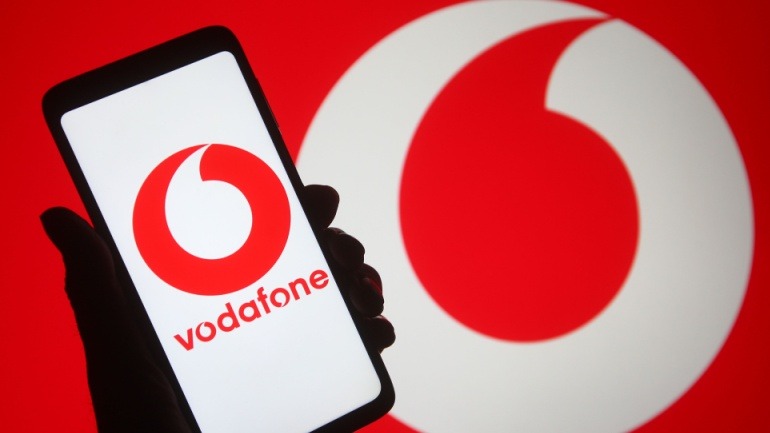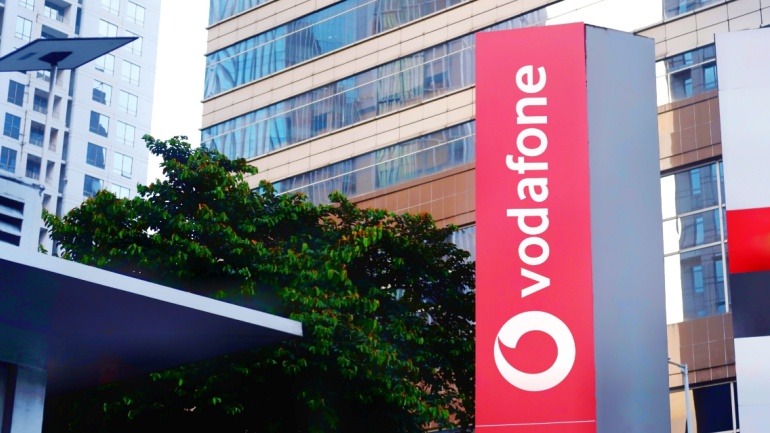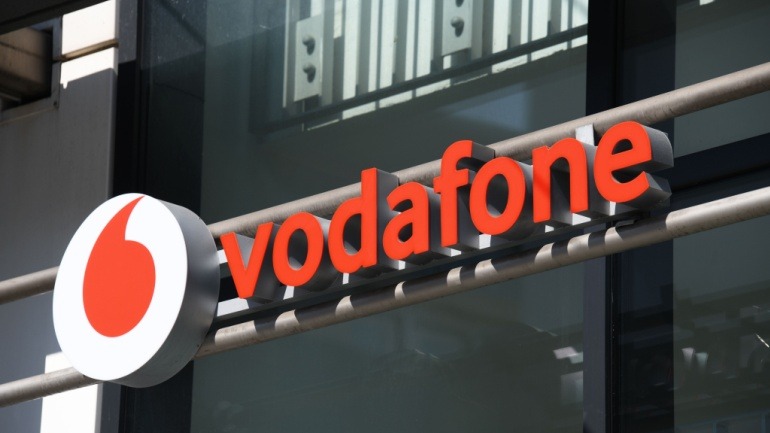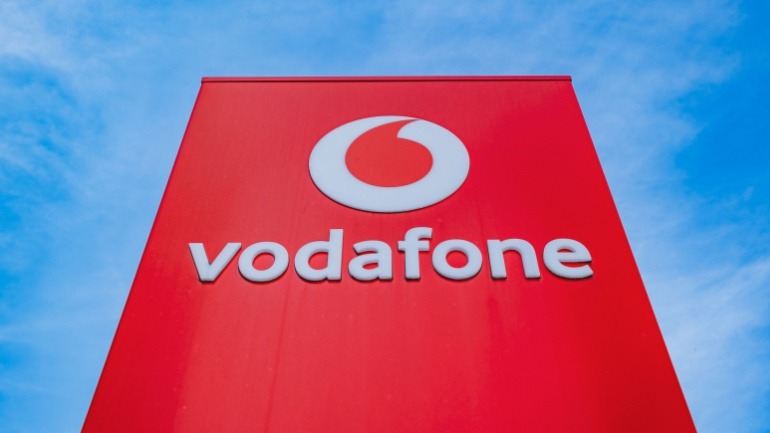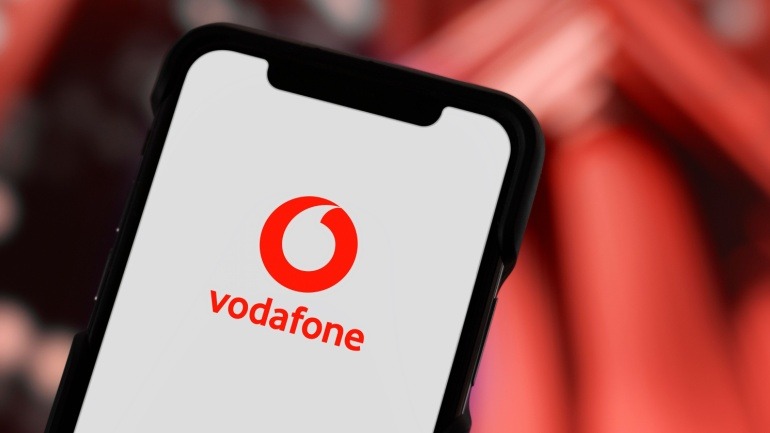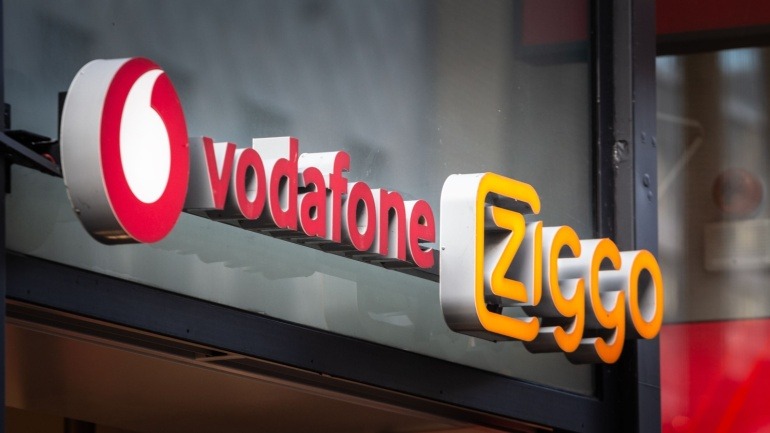The UK government is bolstering telecom consumer protection by engaging major operators like BT, Virgin Media O2, and Vodafone to prevent unexpected price hikes in contracts. With the telecom sector’s evolution, emphasizing transparency ensures that consumers can trust their mobile and broadband providers, safeguarding connectivity and fostering digital growth.
Vodafone has posted an inspiring earnings report for the second quarter of fiscal year 2025-26. With a strong focus on VoIP and innovative digital services, the company aims to solidify its position in emerging markets like Africa and Romania. Despite competitive and regulatory challenges, Vodafone plans to leverage VoIP to drive growth, expand fiber rollout, and enhance service revenue. These initiatives are vital for navigating market shifts and sustaining momentum amidst industry pressures.
In a landmark move for the European telecom market, Telefonica and Vodafone Spain have sold a 30% stake in their joint fibre venture to AXA Investment Management. This €600 million deal highlights the growing competitiveness and investment interest in the Spanish fibre sector, known for its robust network partnerships and opportunities.
Meta and a coalition of leading tech firms, including Google and Microsoft, have completed the infrastructure for the extensive 2Africa submarine network. This massive international subsea project promises to significantly boost internet connectivity across Africa, Asia, and Europe. With enhanced VoIP services, regions can expect accelerated economic growth and improved communication.
Vodafone’s billion-dollar investment in SpaceMobile underscores its strategic emphasis on the burgeoning telco-satellite sector. This move highlights Vodafone as a dynamic matchmaker, fostering telco-satellite collaborations to enhance services like direct-to-device communications, fixed wireless access, and robust remote connectivity. While opportunities abound, challenges in scalability and integration persist, demanding strategic agility.
Vodafone Germany is taking strategic measures to reverse a challenging year. CEO Margherita Della Valle reports progress in service revenue growth, addressing challenges like multi-dwelling unit impacts. Efforts to enhance Vodafone’s competitive position focus on boosting Average Revenue Per User and navigating competitive pressures, emphasizing value over volume. Investments in fiber and fixed broadband underscore this strategy to enhance market positioning.
Vodafone’s exciting joint venture with SpaceMobile is forging ahead with a Satellite Operations Centre in Germany. Set to launch in 2026, this ambitious project will boost satellite-based cellular broadband across Europe. Vodafone’s commitment to satellite technology enhances public safety and disaster relief, offering valuable communication solutions in remote areas.
Vodafone’s acquisition of Skaylink propels its public cloud strategy forward, enhancing integration capabilities to stay competitive in the digital landscape. By leveraging Skaylink’s expertise, Vodafone can elevate its cloud services, meeting growing demand with scalable solutions. This strategic move aids Vodafone’s digital transformation, aligning to offer comprehensive, tailored cloud solutions.
The telecommunications landscape is evolving rapidly with the latest collaboration between Vodafone IoT and Iridium Communications Inc. This strategic partnership will enable enhanced NB-IoT connectivity through Iridium’s NTN Direct service, offering robust M2M communication in remote areas. With the commercial launch expected in 2026, this advancement promises transformative connectivity for IoT devices.
VodafoneZiggo’s strategic shift towards digital growth, led by CEO Stephen van Rooyen, embodies a transformative vision in the competitive Dutch telecom market. Emphasizing customer experience and technological advancement, the plan addresses industry challenges and economic shifts. Success hinges on cutting-edge VOIP solutions, aligning with evolving consumer expectations and market dynamics.




